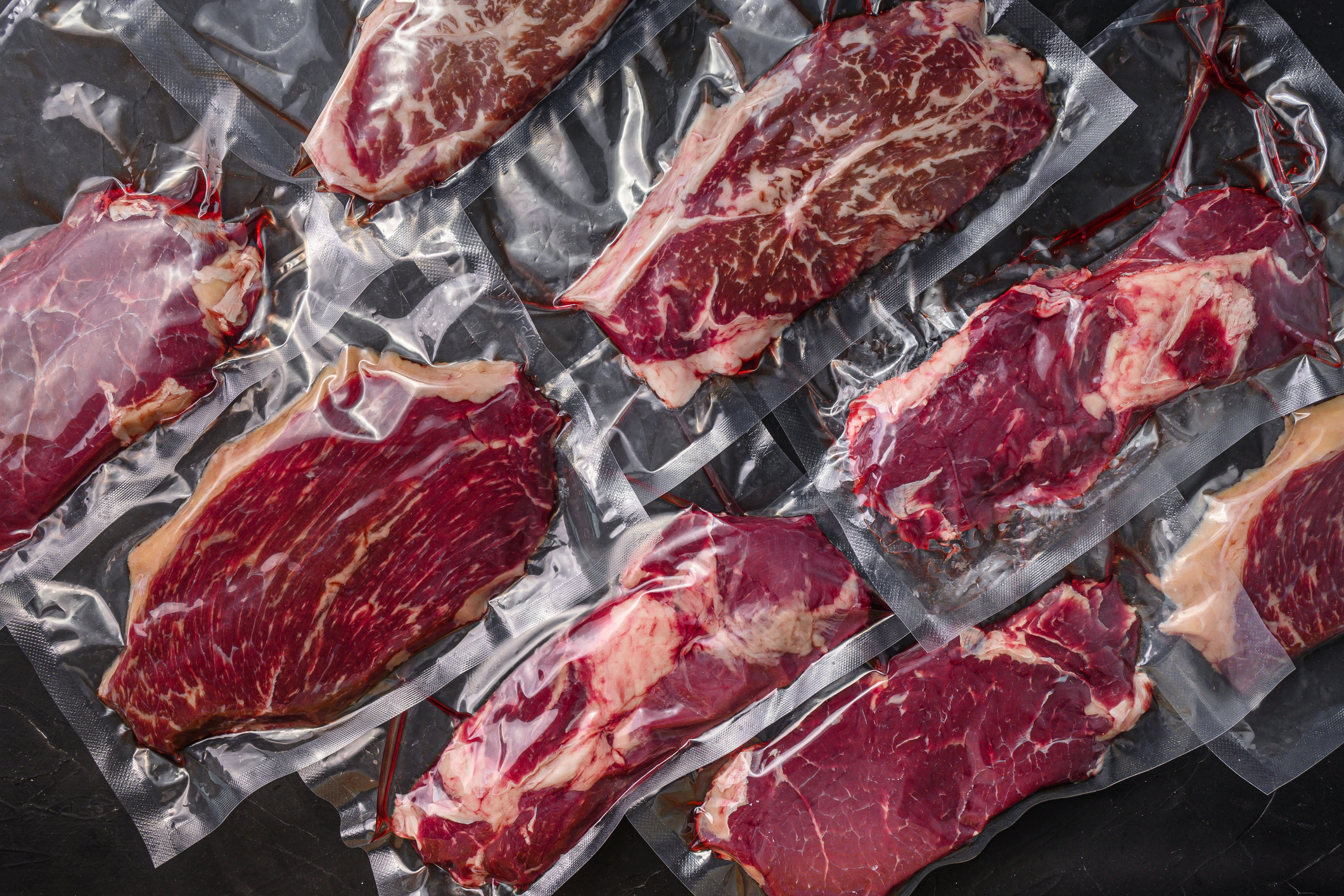K-State food scientist outlines tips to safely store cold foods
There are many benefits to vacuum-packaged foods, but Kansas State University food scientist Karen Blakeslee said knowing food safety concerns is necessary for food establishments.
“Removing oxygen (from packaging) can reduce growth of some spoilage microorganisms, reduce rancidity and color changes, and extend the shelf life of cold-stored foods,” Blakeslee said.
Vacuum packaging also produces an anaerobic environment when air is removed from the package, similar to canning.
“This can allow Clostridium botulinum to form spores that can develop a deadly toxin if proper storage conditions are not met,” Blakeslee said.
Food establishments must use at least two barriers to ensure the safety of reduced oxygen products, Blakeslee added. These barriers include:
- Refrigeration below 41F.
- pH at or below 4.6.
- Water activity (a measure of available water in a food product) at or below 0.91.
- Presence of high levels of competing microorganisms, such as raw meat or poultry.
- Freezing.
- Inspected, properly cured meat or poultry products.
In addition to the barriers listed, food establishments must ensure their employees are properly trained on the packaging procedures.
Common foods to vacuum package are meat, poultry and seafood. Other foods could be fresh vegetables or fruit. Vacuum packaging is popular in food establishments because it helps save space in a freezer.
“Handling the food safely is important to prevent cross-contamination. Always wash your hands and use clean equipment,” Blakeslee said.
More information and procedures can be found in a new publication about vacuum and reduced oxygen packaging from K-State Research and Extension.
Blakeslee, who also is coordinator of K-State’s Rapid Response Center for Food Science, publishes a monthly newsletter called You Asked It! that provides numerous tips on food safety. More information is also available from local extension offices in Kansas.

